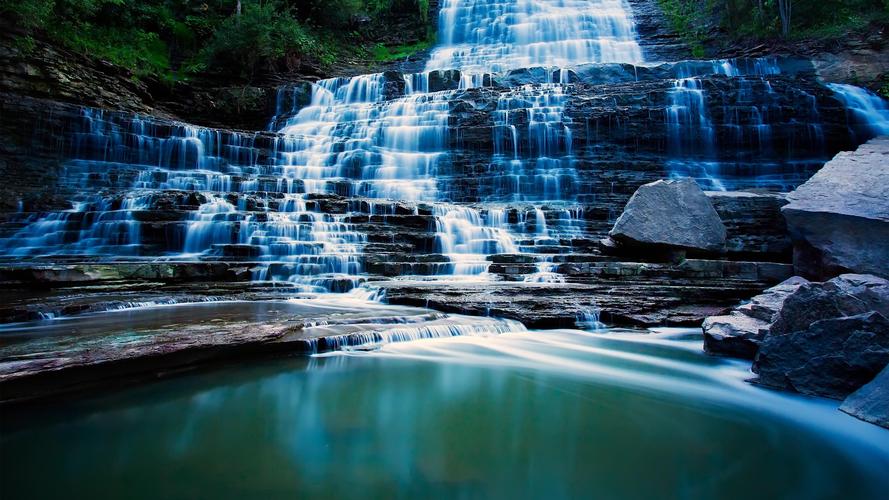Zamboanga City is recognized as the “Asia’s Latin City” due to its shared cultural heritage with the Spanish-speaking Latin American countries. It is a city that is known for its rich history, culture, and tradition. The place is considered a melting pot of different ethnic groups, with each community contributing something unique to the city’s cultural heritage.
Zamboanga’s vibrant culture is reflected in its music, festivals, and notable landmarks. The city’s music scene is truly unique, comprising various genres and influences. Chavacano, the local language, is an integral part of the city’s music, with various local artists writing and performing Chavacano songs that fuse different musical styles.
One of the most important landmarks in Zamboanga is Fort Pilar, which dates back to the Spanish colonial period. It is a historic shrine and museum whose walls are adorned with various religious relics. The fort has been instrumental in protecting the city from foreign invaders and played a vital role in shaping Zamboanga’s culture.
The city is also famous for its festivals, with each community celebrating the foundation of their respective towns. These festivals are colorful and vibrant, with various floats, dances, and parades highlighting the unique aspects of each community’s culture.
In addition to these festivals, Zamboanga also hosts the Sardines Festival. It is an event that celebrates the locals’ love for sardines, which is an essential part of the city’s cuisine. The festival features various dishes showcasing the fish, culinary competitions, and a street dance competition that celebrates the fish’s cultural significance.
Zamboanga’s rich cultural heritage has also been shaped by the different ethnic groups that have called the city their home. The indigenous Subanen people still maintain their traditional way of life, such as fishing and farming, and they are known for their intricate weaves and crafts. Other ethnic groups, such as the Tausugs, Chavacanos, and Samals, have also contributed to the city’s diverse cultural landscape.
In conclusion, Zamboanga City’s rich cultural heritage is something that should be celebrated and explored. The city’s unique blend of music, festivals, landmarks, and various ethnic groups make it a one-of-a-kind cultural destination. By preserving and promoting this heritage, both locals and visitors can truly appreciate the rich history and traditions that make Zamboanga a special place.
(Note: Do you have knowledge or insights to share? Unlock new opportunities and expand your reach by joining our authors team. Click Registration to join us and share your expertise with our readers.)
Speech tips:
Please note that any statements involving politics will not be approved.
